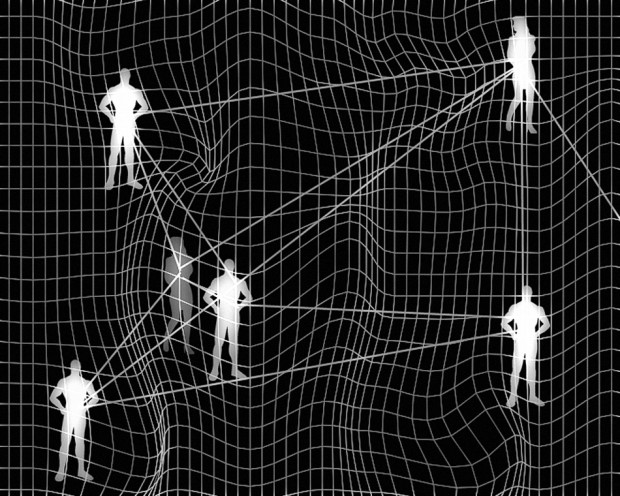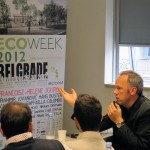Open Source Architecture
Architectural design is no longer the expression of a single individual as was still the case in Romanticism and classical Modernity. Neither, however, is it the expression of a collective as in the middle of the 20th century. Rather, it is the expression of a platform, a network of influences, continuously being reorganized by all participants. Discursive forums and artistic practices that do not aim for any durability take the place of the individual work of a single artist or group of artists. Their temporary nature creates the precondition for the inherent opportunity for constant change. This could be a model, in post-industrial societies, for how, as many people as possible can be led to participate in social processes – as designing of our living environment such is.
Today we have new resources. It is not the oil, coal and gold, which we have exploited for so long time, which gives us a power anymore, but the raw material of the future is the information. Inspired by free software scene’s claim: “the information wants to be free”, we should make the knowledge open and free accessible to anyone, and then with unforeseen worldwide creativity can be counted on. On the other hand if we want to “liberate” architecture (make its knowledge space free and open) for a new developments, with other words to liberate the architecture from itself (opposite to exclusive closed domain), then we have to change its source code. In this case one speaks about Open Source Architecture.
Actually, Open Source Architecture means implementation of the principles defined by Open Source software community in architectural practice. The OSA rules described bellow, which have been developed for the “Open Source” software license and reinterpreted for our purposes, are an attempt to regulate how we could do things in day to day architectural practice:
- Free further processing – everybody can further develop the compiled knowledge and communicate or sell it without restriction, with respect of authorship and work credits. No license or other fees may be charged for this.
- The architectural source code must be open or provided in a form enabling an architect to change it. Processes that have deliberately been developed to cause confusion are not allowed. The code, in form of digital information, must at least be available for download free of charge from the Internet.
- Additional changes must be allowed and be possible under the same conditions.
- Further development must maintain the integrity of the original code, or the new inputs must have a different version number or a name different from those of the original design.
- Individuals or groups must not be discriminated against. Anybody who feels like looking at the code should be entitled to do so.
- There must not be any restrictions for certain fields of application, no matter what the socio-political relationship with the relevant tasks is. This also applies to commercial use.
- Everybody must be granted the same rights to the design without having to observe further agreements. It is important to ensure no indirect methods are used to prevent the code from being communicated freely. Otherwise the code would not really be free any longer.
- These principles cannot apply to a certain product only, e.g. only for one group of the plans or other parts of the overall design distribution.
- Open Source Architecture must not limit other types of architecture. In other words: Everybody can choose freely what type of architecture he/she uses for his/her own projects. Anybody who wants to use or disseminate design released under the rules of Open Source Architecture can choose his/her own design method. It is about creative freedom and not about design dogmas.
- Open Source Architecture includes working methods, working instruments and design strategies which are developed according to these principles, and needs to be seen as a whole. This does not depend on the technology or style of the interface.












Comments
[…] here: Open Source Architecture | IVAN REDI This entry was posted on Friday, April 22nd, 2011 at 4:26 pm and is filed under Software, […]
You must be logged in to post a comment.